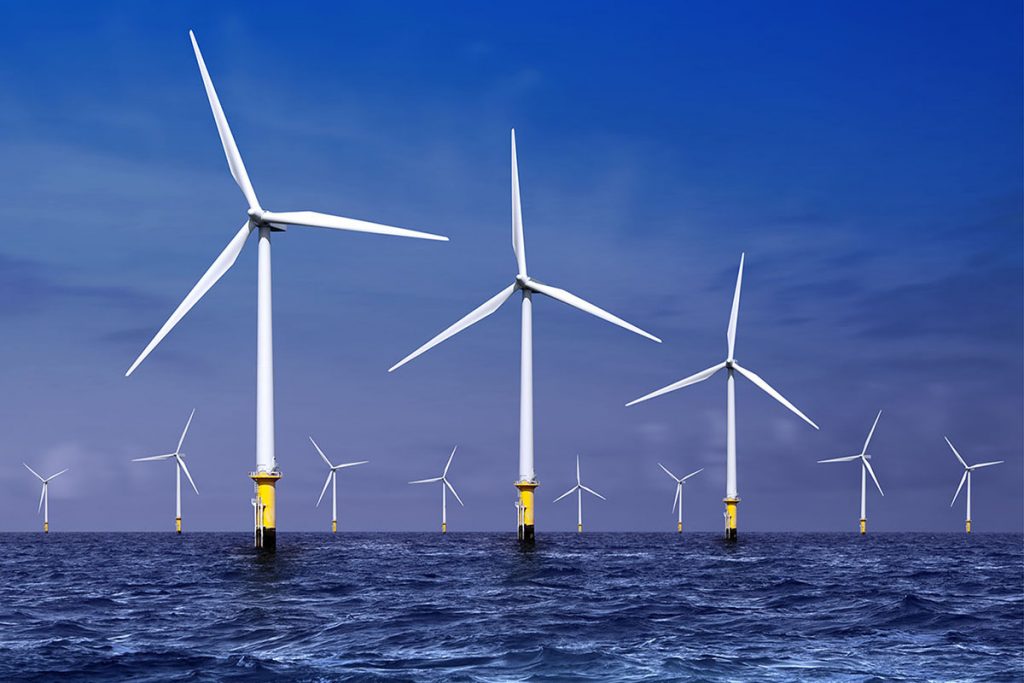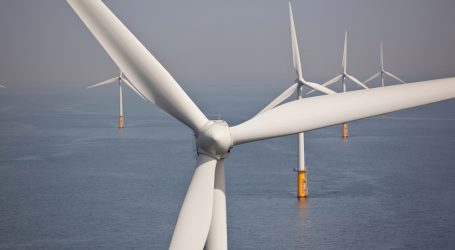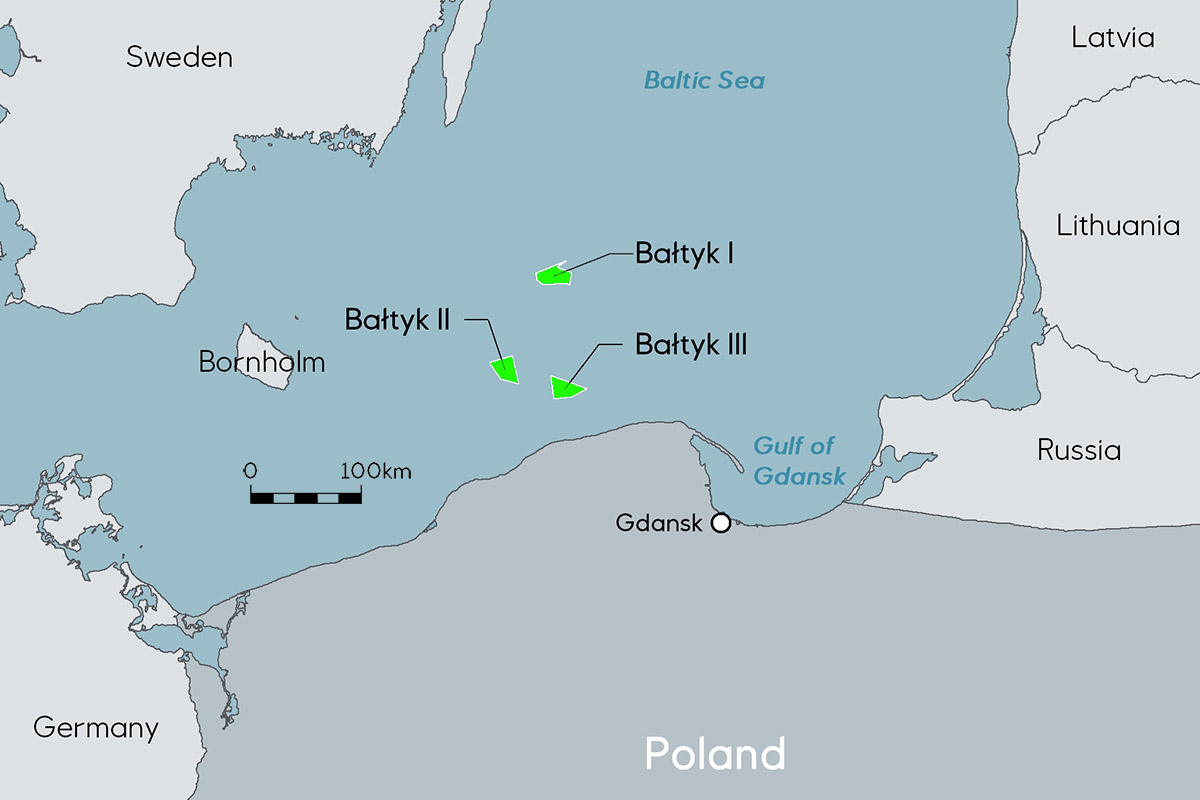Poland wants to invest in wind farms in the Baltic Sea

“The Polish energy sector wants to invest in wind farms in the Baltic Sea and other renewable sources to increase their share in the energy mix to 27% by 2030. “- Henryk Baranowski, President of the Polish Electricity Committee, said.
This assurance was given on Wednesday in Brussels during the annual PKEE conference, which gathers EU officials, representatives of the European Parliament and representatives of the energy sector.
Polish companies are trying to increase the share of renewable energy in their generation capacity.
Still, the vast majority of them (nearly 80%) are based on coal combustion.
“PGE Baltica plans to deliver the first energy from offshore wind farms by 2026. Through projects on the Baltic Sea we want to show our commitment to making the energy sector climate-neutral,” Baranowski stressed during a debate at the Autoworld Museum in the Belgian capital.
As he added, other large projects are already in the pipeline. “PGE plans to acquire another 2.5 GW from photovoltaics. Moreover, Tauron announced that by 2025 it would add 900 MW of onshore wind energy to its offer. We estimate that thanks to investments made by PKEE members, the share of RES in power generation in Poland will reach 27% by 2030. – said Baranowski.
The Polish Electricity Committee, brings together the largest Polish energy companies,
including PGE, Tauron, Enea and Energa. PGE wants to invest billions of PLN in the construction of wind farms in the Baltic Sea by 2030, so that 3.5 GW of wind turbines can be built at sea.
“It is estimated that by 2030 the Baltic Sea will become the largest area of wind farms in the world. It is also a great opportunity for Poland,” said Monika Morawiecka, President of PGE Baltica.
The Polish government expects that through diversification of energy sources and investments in offshore wind farms will be possible to reduce coal in the energy mix even below 60% by 2030.
Morawiecka pointed out that if the plan to install capacity of 4.6 GW by 2030 is successfully implemented Poland will become one of the key players in the European offshore sector.
“What is more, it gives a great potential for the economic development of the country, increasing the innovativeness of the Polish maritime industry, shipyards and steel industry, it will also support the transformation towards a low-carbon economy. – …she marked it.
These declarations are part of the EU’s ongoing discussion on climate neutrality
Most EU member states want to agree that this goal should be set for 2050. The goal is to reduce CO2 emissions and increase the absorption of greenhouse gases. For Poland, however, this is a problem, because the transformation of the coal-based sector will be very expensive.
“This is a very ambitious goal,” said Jacek Kościelniak, Vice President of the Management Board of Energa, to PAP. – Through PKEE, we want to suggest to the European Commission that it allocate budgetary resources for the energy transformation in our country”.
However, in the Energa Group, more than 30% of the generation mix already comes from RES sources. The concern owns 46 hydroelectric power plants, five wind farms and two photovoltaic farms. “We are trying to be one step, maybe one and a half or two steps forward. This results from the fact that we are planning and implementing our plan with determination,” said the Vice President of Energy.
In the opinion of Vattenfall Vice President Gunnar Groebler, the Baltic Sea is a very promising market. In his opinion, however, cooperation across borders is crucial for the use of its full potential.
Denmark, which is a pioneer in the construction of offshore wind farms
started the process of using the Baltic Sea in the early 1990s. Today, the leaders in terms of offshore wind farm generation capacity are Great Britain, Germany and China. “The fourth place belongs to Denmark, with the production of electricity sufficient to cover 44% of the national consumption last year. – MEP Pernille Weiss stressed the importance of this country.
President of WindEurope Giles Dickson believes that the chances for wind energy development in the Baltic Sea are high. “The Baltic Sea has strong and stable winds, less extreme conditions than the North Sea, shallow waters and short distances to the shore. The Baltic Sea already has 1.5 GW of offshore wind energy installed, representing 12% of Europe’s current offshore capacity. However, we expect electricity generation from this source to grow to 9-14 GW by 2030. – he said.
From Brussels Krzysztof Strzępka



